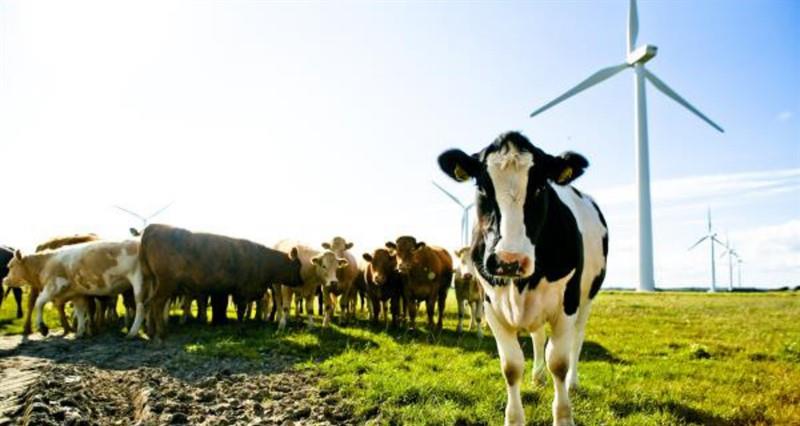We communicate a range of indicators of economic activity in the UK labour market that can be used as a guide for employers when conducting periodic pay reviews for workers.
The indicators include average weekly earnings, wages including the National Minimum Wage and the National Living Wage, cost of living (Consumer Price Index and Retail Price Index) and farm business profitability.
You can also download a PDF copy of the latest key labour market indicators.
Headline figures – December 2024
Key Labour Market Indicators are designed to provide headline figures on the wider economic and labour market conditions in the UK. This can be used as a quick reference guide when conducting periodic pay reviews for workers.Ěý
Earnings in the economy
+5.2% AWE (Average Weekly Earnings)
This is the key National Statistics indicator of short-term earnings growth and with monthly estimates of the level of AWE per worker/employee. It provides details of AWE for the UK economy as whole as well as the level of pay within other sectors. The year-on-year change in average pay is a useful indicator of wage changes in the wider economy.
Figures from the show wage growth was 5.2% in the three months to October.
Earnings are still outpacing inflation. Private sector pay grew at an annual pace of 5.4%, while in the public sector it was 4.3%.
The manufacturing sector saw the largest annual regular growth rate again, at 6%; all the other sectors (excluding the public sector) are showing similar annual regular growth rates of just above 5%.

Wage rates
ÂŁ11.44 Current NLW rate
The . The new rates come into effect on 1 April 2025.
The NLW (National Living Wage) paid to workers aged 21 or over will increase from ÂŁ11.44/hour to ÂŁ12.21/hour, rising by 6.7%.
The minimum wage for 18-20-year-olds will rise from ÂŁ8.60 to ÂŁ10.
In addition, the accommodation offset will increase by 6.7% to ÂŁ10.66 per day, a 67p increase from the current rate.
Apprentices and those aged under 18 will get a pay increase from ÂŁ6.40/hour to ÂŁ7.55/hour.
For more information, visit: National Living Wage and Minimum Wage increases – what you need to know.
| Rates from April 2025 | Ěý |
| NLW 23+ | ÂŁ12.21 |
| 21-22-year-old rate | ÂŁ12.21 |
| 18-20-year-old rate | ÂŁ10.00 |
| 16-17-year-old rate | ÂŁ7.55 |
| Apprentice rate | ÂŁ7.55 |
| Accommodation offset | ÂŁ10.66 per day |
Source: Low pay commission
Cost of living
+2.6% CPI (Consumer Price Index)
CPI measures changes in the price level of the labour market based on consumer goods and services purchased by households. RPI measures inflation, but also includes the costs of housing (e.g. mortgage interest costs and council tax), while CPI does not.
The UK inflation rate as measured by the CPI, went up for the second month in a row in November to 2.6%, with prices rising at their fastest pace since March, according to figures from the .
“Inflation rose again this month as prices of motor fuel and clothing increased this year but fell a year ago,” said Grant Fitzner, chief economist at the ONS. “This was partially offset by air fares, which traditionally dip at this time of year.”

Farm business profitability
-9.8% TIFF (Total Income from Farming)
for 2023. The TIFF is a measure of the performance of the whole agricultural industry in the UK.
The profitability of UK farming UK for 2023 was ÂŁ7.2 billion, a decrease of ÂŁ0.8 billion (-9.8%) from 2022.
Following historically high commodity prices in 2022, driven by global events, there were reductions in the commodity prices of key crops and livestock outputs.

Sign in if you’re already a member


